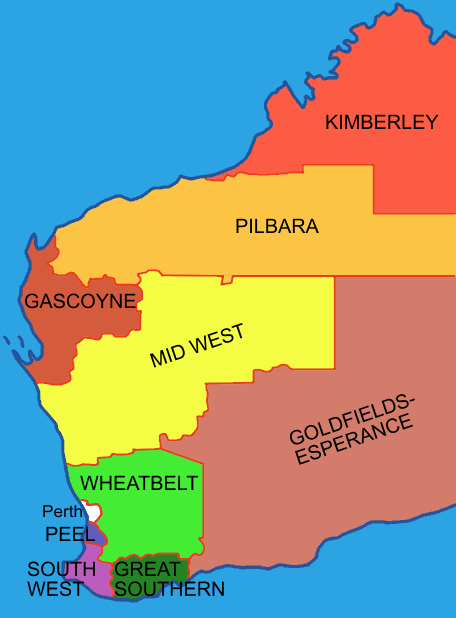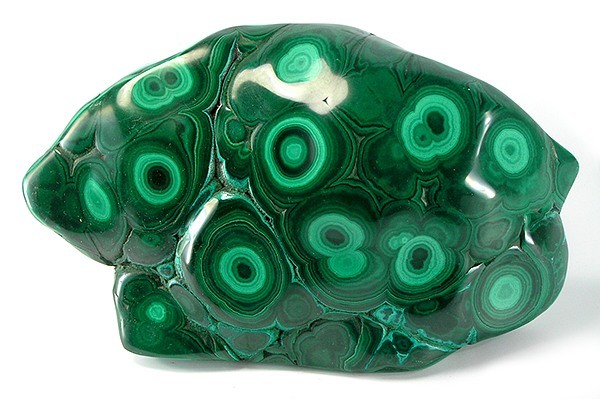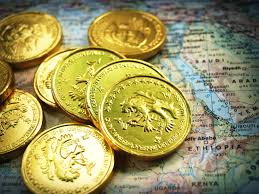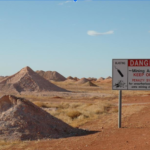 Even in the opal-rich fields of South Australia, one needs luck, months and even years of patience to come across this rare gem. Potential miners spend hours in the sun waiting for a fortune that can be made on the sale of opal. The market for larger pieces of opal can go north of $1 million because of high demand from jewelers and fashion brands.
Even in the opal-rich fields of South Australia, one needs luck, months and even years of patience to come across this rare gem. Potential miners spend hours in the sun waiting for a fortune that can be made on the sale of opal. The market for larger pieces of opal can go north of $1 million because of high demand from jewelers and fashion brands.
South Australia is the producer of over 80% of the opals currently circulating in the market. But even then, finding opal stones is extremely rare. The town associated with opal mining is Copper Bend where many of these gems are found in the surrounding areas. Currently, the population of the town stands at 3,500. However, at the height of the mining, thousands of miners lived in the town where summer temperatures can go up to 116° F (47° C). There are still massive profits to be made, thanks to the high demand from fashion brands and countries like China and India.
A Rise in Demand
The depletion of opal mines is making it harder for South Australian miners to keep up with high demand from Chinese and Indian buyers who keep on placing large orders for export.
The locals have been frustrated as the price of the precious gem has gone through the roof and Chinese and Indian buyers are flooding the market for requests. There is not enough opal to export as no new mines are being discovered.
The local mining population has started its own exploration but only managed to find satellite mines so far. These small mines are only capable of producing opals worth $2 to $3 million whereas the locals estimate they need about $200 to $300 million worth to fulfill demand and bring back the old mining towns to their former glory.
A Darling of the Fashion World
Opals are making their way back to the fashion limelight as they are being used by both old timers and upcoming designers to distinguish their work from the competition.
Though opals were first discovered in the 1800s in Australia, it was not until the 1990s that their market price started gaining more momentum, helped mostly by a surge in European demand at the time.
Opal carries with a sense of individuality and creativity, two characteristics that are highly sought after in the fashion world. Compared to colored diamonds, rubies, and blue sapphires that have sky-high prices and are out of reach for many people, opals come as an equally dazzling alternative. Furthermore, all the opals in Australia are mined ethically. As ethical sourcing is becoming a huge concern for the next generation of jewelry buyers, Australian opals are being considered more desirable.
What Needs to be Done
Most miners from South Australia believe that the surface of opal mining has not even been scratched yet. There needs to be a more robust government policy to ramp-up investment in opal mining and exploration which miners feel a lack of government support.
However, the government has its own reasons for not giving enough support to middle and small-scale miners. A report identifies the following reasons for not providing more to support to the opal mining industry.
-
- Tax evasion on a large scale by small miners which forces the government to ignore their needs as they believe taxpayer money could be spent better.
-
- The lack of unity amongst the mining community on how the industry should be supported is also an issue, preventing the miners from lobbying collectively.
-
- Australia is rich in minerals and stones such as gold, iron, and ore. It receives royalties from these industries, unlike opal mining which requires no royalty payments to the government.
- The government believes that the potential of opal is not worth the time and money as other resources like nickel and gold yield better returns.
A lack of unity by the miners and a lack of interest by the Australian government are creating a situation where the supply of opal might dwindle from Australia. Of course, this is good news for sellers, hoarders, and other countries that have opal mines as the loss of a major supplier would drive up prices. But the problem for small-scale Australian miners and opal cutter would just exacerbate as they are being neglected.
Immediate steps are necessary to be undertaken by the government if the opal mining industry in Australia is to be saved from doom. Investment and explorations of new mines and new mining equipment are needed as well as subsidies.
From the part of the miners, a more united front for stronger lobbying efforts are required if they want the government to focus on a dying industry.

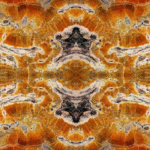

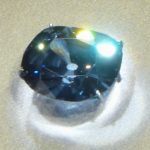 The Hope Diamond
The Hope Diamond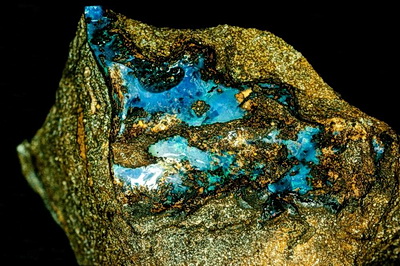

 Silver is perhaps the most overlooked precious metal, as most people tend to focus more on gold and platinum. However, it has most of the same properties as gold, and even offers important technological and electronic applications.
Silver is perhaps the most overlooked precious metal, as most people tend to focus more on gold and platinum. However, it has most of the same properties as gold, and even offers important technological and electronic applications. 
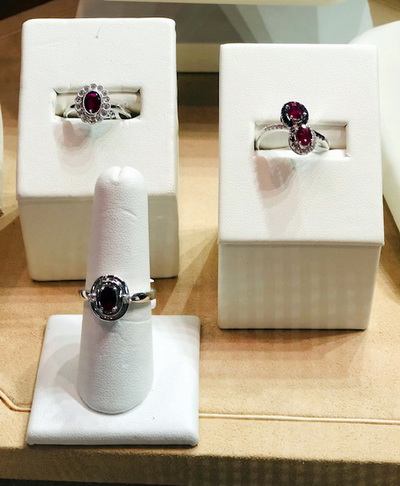

 Photo
Photo